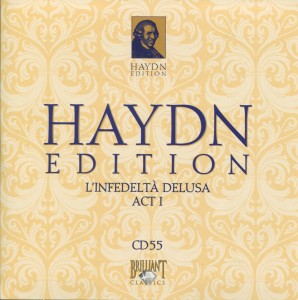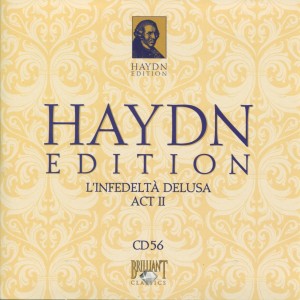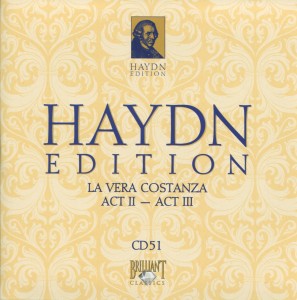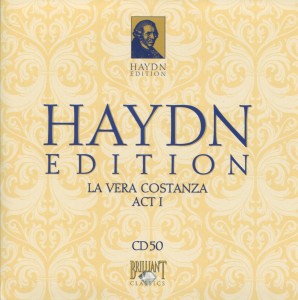 A truly wonderful Overture kicks off another Haydn opera, this one called L’Infedelta Delusa, which is set in the Tuscan countryside. The opera may have premiered on 26 July 1773. If so, Haydn was 41.
A truly wonderful Overture kicks off another Haydn opera, this one called L’Infedelta Delusa, which is set in the Tuscan countryside. The opera may have premiered on 26 July 1773. If so, Haydn was 41.
According to its entry on Wiki this,
…is an operatic burletta per musica by Joseph Haydn. The Italian libretto was by Marco Coltellini, perhaps reworked by Carl Friberth who also took part in the first performance.
Of course, that begs the question: “What is an operatic burletta per musica”?
Fear not, Gentle Reader. I shall endeavor to ascertain the answer to that question.
And I did.
From its entry on Wiki, here’s the definition of burletta (it was just what I expected):
A burletta (Italian, meaning little joke), also sometimes burla or burlettina, is a musical term generally denoting a brief comic Italian (or, later, English) opera. The term was used in the 18th century to denote the comic intermezzos between the acts of an opera seria, but was sometimes given to more extended works; Pergolesi’s La serva padrona was designated a ‘burletta’ at its London premiere in 1750.
In England the term began to be used, in contrast to burlesque, for works that satirized opera but without using musical parody. Burlettas in English began to appear in the 1760s, the earliest identified being Midas by Kane O’Hara, first performed privately in 1760 near Belfast, and produced at Covent Garden in 1764. The form became debased when the term ‘burletta’ began to be used for English comic or ballad operas, as a way of evading the monopoly on opera in London belonging to Covent Garden and Drury Lane. After repeal of the 1737 Licensing Act in 1843, use of the term declined.
The word ‘burletta’ has also been used for scherzo-like instrumental music by composers including Max Reger and Bartók. In America, the word has sometimes been used as an alternative for burlesque.
So, the term that was once used to denote a legitimate genre of opera became Continue reading →
 Today’s musical selection is Act 2 of L’Infedelta Delusa, a Haydn opera set in the Tuscan countryside. It may have premiered on 26 July 1773. If so, Haydn was 41.
Today’s musical selection is Act 2 of L’Infedelta Delusa, a Haydn opera set in the Tuscan countryside. It may have premiered on 26 July 1773. If so, Haydn was 41.


 Today’s CD is
Today’s CD is